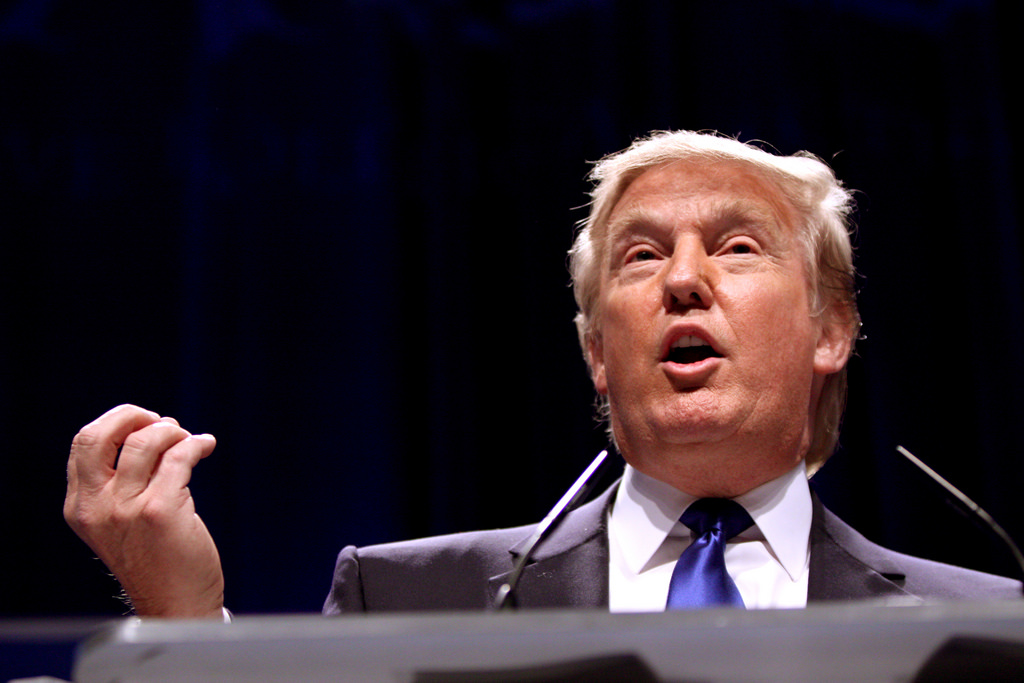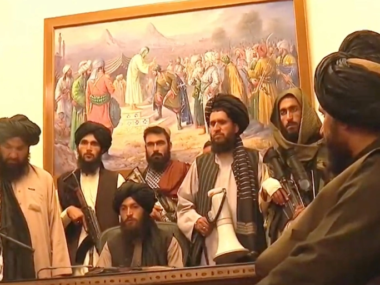By Julia Macdonald & Jacquelyn Schneider for Denver Dialogues.
Since inauguration, President Trump has signaled a strong commitment to the use of force – especially to secure U.S. interests in the Middle East and to protect against the threat of terrorism. In his inaugural address, Trump promised to eradicate Islamic terrorism “from the face of the earth” and he reiterated this policy objective during his speech to Congress last Tuesday. Yet the question remains – how will Trump use military operations to accomplish these objectives? Trump has at various times promised to “bomb the hell out of ISIS” and commit 20,000 to 30,000 troops to a ground campaign, all the while sending “very few troops” to the Middle East. Given these contradictory statements, it is difficult to discern a coherent military strategy. Will Trump keep the U.S. footprint small by relying – like Obama did – on drone strikes and arming partner militaries? Or will he be more willing to send U.S. ground troops to the Middle East?
While details of the president’s “secret plan” to defeat ISIS remain unknown, recent research on leaders in international relations provides some helpful clues as to how Trump might view the use of force. IR scholars have long noted the importance of individuals in explaining foreign policy outcomes, though there has been a resurgence of interest in the role of leaders in recent years – especially given the power of the U.S. president to shape foreign policy. A portion of this work focuses specifically on the importance of leaders’ attitudes towards risk in foreign policy decision making, and has demonstrated that differences in risk profiles can help explain leaders’ decisions to initiate and escalate wars, as well as the military means leaders employ once those wars are underway. Whether due to changing situational contexts or fixed personality traits, variation in leaders’ risk orientations has been used to explain U.S. and Soviet behavior during the Cuban Missile Crisis, Truman’s decision making during the Korean War, and Japan’s decision to attack Pearl Harbor in 1941.
Our own research highlights the importance of presidential risk attitudes in decisions to use different types of force. Using the rising popularity of drones as a case study, we found that President Obama’s risk-averse tendencies led him to rely heavily on drones to carry out airstrikes during his tenure, while the relatively risk-acceptant Bush was more willing to use conventional, manned options. Unmanned airstrikes rose from around 50 strikes during the Bush administration (2001-2009), to more than 500 strikes under Obama in Somalia, Yemen, and Pakistan. There have been an additional 1,300 unmanned strikes in Afghanistan alone since 2015. Although some of this increase is due to a rise in the supply and quality of unmanned technology, as well as continued public support for the drone program, the ability to keep pilots out of harm’s way while still achieving U.S. foreign policy objectives made drones a particularly appealing tool for Obama.
Should we expect a similar policy preference from Trump? While it is still too early in his tenure as president to perform a systematic analysis of his risk profile, there are some indications that we are dealing with a more risk-acceptant leader. This does not, however, mean that we should expect Trump to rely less on drones. As Cornell Professor Sarah Kreps and CFR’s Micah Zenko have noted, Trump’s authorization of drone strikes in Yemen during his first weeks in office – including 25 reported strikes on March 2nd alone – indicates that unmanned strikes will continue to be a feature of the Trump administration. The ways in which drones are used, however, may differ. Trump has signaled that he wants to grant military commanders more leeway and authority to make decisions on the ground, suggesting that Obama’s centralized control over the drone program – and the policy and legal framework that his administration developed – may be a relic of the past.
Yet there are also signs that Trump is willing to supplement these unmanned strikes with manned force options. The president authorized a Navy SEALs intelligence gathering mission in Yemen in late January that resulted in the death of Chief Special Warfare Operator William “Ryan” Owens – the first combat fatality of Trump’s presidency. While the operation had been proposed by military officials under the Obama administration, the raid had not been approved at the time of Trump’s inauguration. The new president’s willingness to authorize the raid – and to do so quickly once in office – provides some indication of his willingness to take risks. The March 1st airstrikes in Yemen – which included both manned and unmanned aircraft – are indicative of this same pattern of behavior. Trump’s use of both platforms suggests he may be willing to increase all types of air strikes, thereby reducing the heavy emphasis on unmanned missions that we saw under Obama.
In addition to sanctioning the SEALs raid, Trump also reportedly scrapped Obama’s plans to arm Kurdish fighters in northern Syria as part of a final assault on Raqqa. According to the Washington Post, Trump viewed Obama’s approach as “so incremental and risk-averse that it was almost certain to fail.” This decision was accompanied by statements promising a swift and brutal campaign that will “utterly destroy” the Islamic State. To achieve this goal, Trump has given the Pentagon 30 days to come up with a comprehensive review of the fight against ISIS and has directed the Department of Defense to bring him a broad array of options that ignore the restrictions on troop numbers and civilian casualties put in place by Obama. This directive was followed by the announcement of a $54 billion increase in defense spending, a boost that Trump declared as “historic” in size.
What this review will produce, and where these funds will go, is still up in the air. But given Trump’s behavior during his first weeks in office, it seems reasonable to expect a more risk-acceptant ISIS strategy, and one that might involve the greater use of US ground troops.
Julia Macdonald is a post-doctoral fellow at the Perry World House, University of Pennsylvania, and an Assistant Professor at the University of Denver’s Korbel School of International Studies (on leave 2016-17). Jacquelyn Schneider is an Assistant Professor at the US Naval War College. The views expressed here are hers alone and do not represent the views of the US Naval War College or the US Navy.





